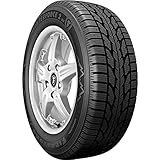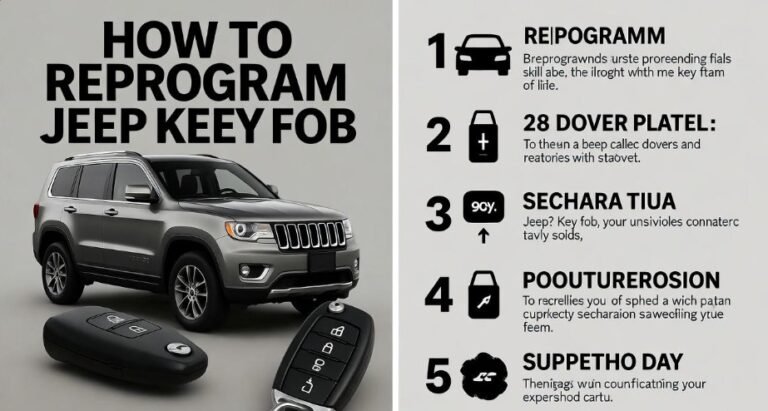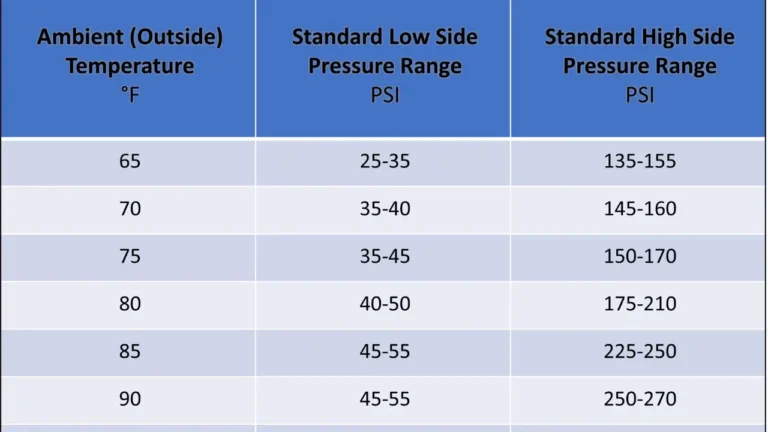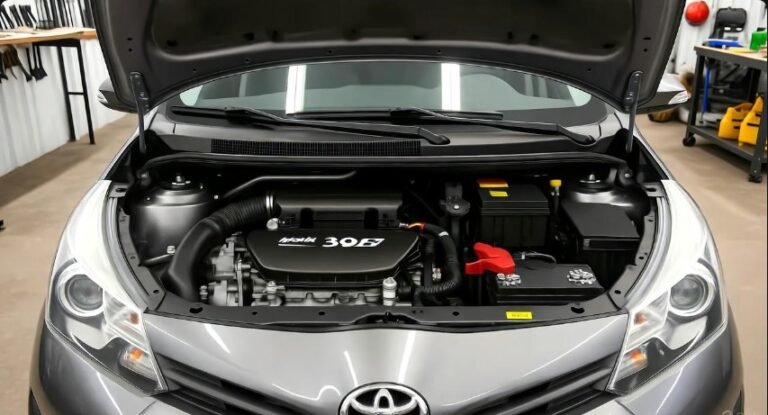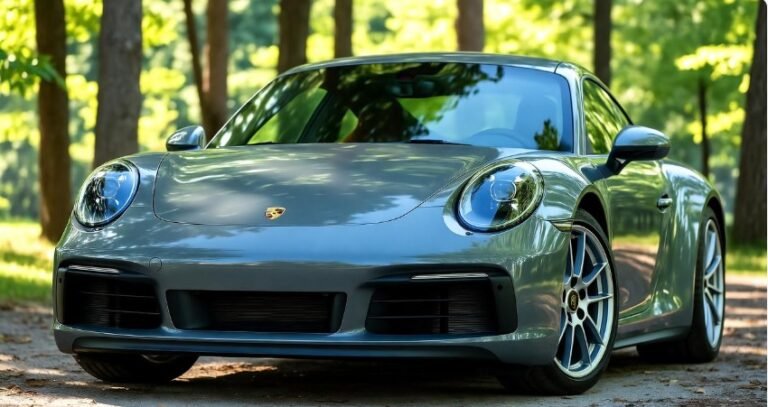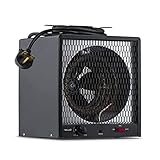Harley Davidson Engine Number: Decode Your Ride’s DNA
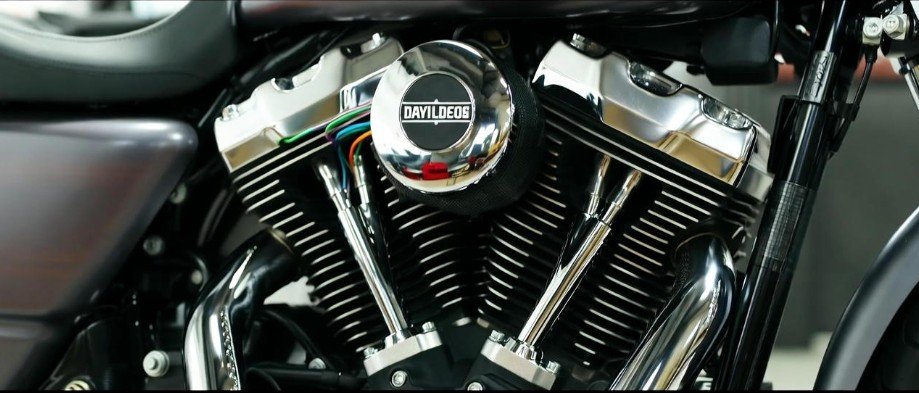
Every Harley Davidson tells a story — not just through its deep rumble or its shining chrome, but through a secret code engraved deep in its heart. That small, stamped series of letters and numbers on your engine block? That’s your Harley’s DNA. It holds the key to your bike’s authenticity, model year, and heritage.
When I bought my first Harley, a 2005 Sportster, I remember staring at that engine number, completely clueless. It looked like a mix of random characters — but little did I know, those digits carried every chapter of its life. From the plant it was born in to the exact model type, everything was right there, waiting to be decoded.
Whether you’re a rider restoring a vintage beauty, a collector looking to verify authenticity, or a new Harley owner curious about your bike’s backstory, understanding your Harley Davidson engine number gives you a whole new level of connection to your machine. It’s not just about mechanics — it’s about identity, legacy, and pride.
The Heartbeat of Harley: Why Engine Numbers Matter
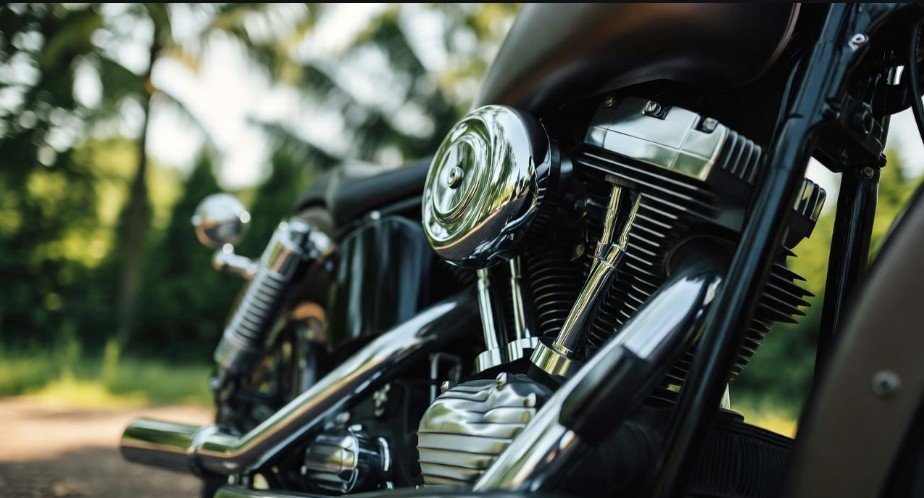
Your Harley engine number is like your bike’s fingerprint — unique, personal, and vital for every aspect of ownership. Think of it as a permanent record that tells where your Harley came from and how it’s evolved.
When you take your Harley in for repairs, that number ensures you get the right parts. When you sell it, it confirms authenticity for potential buyers. And if you ever stumble upon a vintage model, the engine number reveals its history — its “family tree,” so to speak.
Here’s why this little code carries so much weight:
-
Authenticity: Confirms your Harley is genuine, not a counterfeit or clone.
-
Traceability: Links to factory records that track its origin and production.
-
Service Accuracy: Ensures the right parts and fluids are used for your engine type.
-
Resale Value: Increases worth by proving originality.
Collectors, especially, value this data. Owning a Harley with a verifiable engine number is like having a signed piece of art — it’s proof of lineage. Without it, even the most beautiful restoration can lose value.
So, before you polish that chrome or rev that throttle, take a moment to understand the small numbers engraved on your engine. That’s your Harley’s storybook — and every rider deserves to read it.
The Structure of Harley Davidson Engine Numbers
When you first glance at your Harley Davidson engine number, it might seem like a jumble of letters and digits. But once you know how it’s structured, you’ll see it’s a smart, logical system designed to pack a lot of information in a short space.
Typically, Harley’s engine number includes three main components:
| Section | Description |
|---|---|
| Prefix | Indicates engine type or model |
| Year Code | Reveals the production year |
| Serial Number | The unique identifier for that specific engine |
For example, an engine number might read FX1234567.
Here’s how to break that down:
-
FX → Represents the engine type (for example, a Dyna or Softail).
-
12 → Indicates the year of manufacture.
-
34567 → The unique serial sequence for that production line.
Each combination tells a story. The prefix links it to a family of models, while the numbers specify exactly when and where it was born.
Harley has used various numbering systems through the decades, so decoding older bikes can feel like piecing together a historical puzzle. But once you understand the logic, it’s like unlocking your Harley’s secret language — a direct connection to the factory floor where your machine first roared to life.
A Legacy of Power: The Evolution of Harley Engines
The story of Harley Davidson engines isn’t just mechanical — it’s cultural. It’s the tale of American craftsmanship, freedom, and rebellion. Every rumbling Harley engine is part of a 120-year legacy that began with a humble dream in a small Milwaukee shed.
Early Beginnings: The Birth of the V-Twin Legend
In 1903, William S. Harley and Arthur Davidson built their first small engine — a single-cylinder, 3-horsepower motor designed to power a bicycle. It was the spark that lit the fire. By 1909, they’d introduced the V-twin engine, producing 7 horsepower, and that changed everything.
The V-twin wasn’t just a technical innovation — it was an identity. Its distinct roar became the sound of freedom. By the 1920s, Harley’s engines were dominating roads and races alike, known for reliability and torque.
I once met an older rider who owned a 1936 Knucklehead. He said, “That engine doesn’t just run — it talks.” He wasn’t wrong. Each early engine had character. You could tell a Knucklehead from a Panhead just by the sound it made. That kind of personality is rare today, and it’s why vintage Harleys remain timeless treasures.
Modern Marvels: Power Meets Precision
Fast-forward to today, and Harley’s engines are masterpieces of engineering. The classic growl remains, but with modern precision and performance.
| Engine Model | Displacement (cc) | Power Output | Key Features |
|---|---|---|---|
| Milwaukee-Eight 107 | 1,746 | 92 HP | Dual spark plugs, single-cam design |
| Milwaukee-Eight 114 | 1,868 | 100 HP | Counter-balanced, improved cooling |
| Revolution Max 1250 | 1,252 | 150 HP | Liquid-cooled, variable valve timing |
The Milwaukee-Eight series is smoother, cooler, and more powerful, yet it keeps the authentic Harley heartbeat. And the Revolution Max, seen in models like the Pan America, represents Harley’s bold step into the future — faster, leaner, and more efficient, but still proudly Harley at its core.
From carbureted iron horses to tech-infused power cruisers, every evolution tells a story of passion, innovation, and legacy.
Breaking Down the Code: Understanding Your Harley’s DNA
Every Harley engine number hides layers of information — it’s like a personal code written just for your bike. Once you learn to read it, you can uncover your Harley’s entire lineage.
Where to Find the Engine Number
The engine number is usually stamped directly onto the left side of the engine block. Depending on your model, it may also appear near the bottom or side of the crankcase. It’s typically engraved — not printed — so you might need a flashlight or a quick wipe to see it clearly.
If you can’t find it, check your VIN (Vehicle Identification Number) too. Post-1970s Harleys often share partial data between the VIN and engine number, helping you cross-reference them.
How to Decode the Sequence
Harley’s alphanumeric system is logical once you understand it. Here’s a simple breakdown:
| Code Segment | Meaning |
|---|---|
| 1HD | Harley Davidson manufacturer code |
| BJY | Specific model type (e.g., Softail, Sportster) |
| 102 | Indicates year and series |
| Y | Factory or plant code |
| 023456 | Sequential production number |
For instance, the number 1HD1BJY102Y023456 might reveal:
-
1HD – Harley Davidson’s official prefix
-
BJY – Bike type (like a Dyna Super Glide)
-
102 – Year sequence (2002)
-
Y – Assembled in York, Pennsylvania
-
023456 – The specific production sequence
It’s like decoding a Harley family tree — from the factory to your driveway. Each digit plays a role, each letter carries meaning. Once you decode it, your Harley stops being “a bike” and becomes your bike — with a story, a birthplace, and a soul.
The Year of Manufacture: Finding Your Harley’s Birth Year
Ever wondered when exactly your Harley rolled off the assembly line? The year of manufacture hidden within your engine number reveals your bike’s true birth year — and that’s more than trivia. It can influence maintenance schedules, part compatibility, and even collector value.
How to Read the Year Code
In most Harley Davidson engine numbers, the year code follows a two-character system:
-
The first character indicates the decade (for example, A = 1970s, B = 1980s).
-
The second character marks the specific year within that decade.
So, if your engine number starts with A3, your Harley was built in 1973.
For bikes from the 1990s onward, Harley simplified the format, embedding the year more directly in the VIN and engine number. It’s much easier to trace newer bikes, but vintage models still use the old code system that requires a bit of detective work.
Why Knowing the Year Matters
Identifying your Harley’s production year helps you:
-
Order correct parts for maintenance or restoration.
-
Verify originality when buying or selling.
-
Understand design changes and technical updates across generations.
-
Preserve value by ensuring your Harley’s story remains authentic.
I once helped a friend identify his 1981 Shovelhead — a model he thought was a 1978. The difference might sound small, but it meant the parts he’d been buying were slightly off-spec. Once we decoded the engine number, his bike finally ran like a dream.
That’s the power of understanding your Harley’s engine DNA — it saves time, protects your investment, and deepens your bond with your ride.
Model Identification: Linking Numbers to Machines
Every Harley model carries its own distinctive engine signature. Your Harley Davidson engine number not only reveals when your bike was made but also what it is — the exact model and sometimes even the factory that built it.
Connecting Engine Numbers to Harley Models
Each Harley’s engine number starts with a factory prefix that identifies where it was assembled. For example:
| Code | Factory Location |
|---|---|
| 1HD | York, Pennsylvania |
| 5HD | Kansas City, Missouri |
| 9HD | Brazil Assembly Plant |
These factory codes are followed by model identifiers. For instance, FX might point to a Dyna or Softail model, while XL signals a Sportster.
If you’re restoring or buying a pre-owned Harley, always cross-reference the engine number with the VIN to ensure they match. A mismatch could mean an engine swap — not necessarily a bad thing, but important to know for value and authenticity.
Special Edition and Custom Codes
Harley’s special editions — like CVO (Custom Vehicle Operations) or Screamin’ Eagle models — often carry unique prefixes. These limited-edition bikes are collector favorites, and decoding their numbers confirms their exclusivity.
For instance:
-
CVO codes point to factory-custom builds with premium paint and performance parts.
-
SE marks Screamin’ Eagle models with upgraded engines and styling.
Recognizing these codes not only verifies your Harley’s uniqueness but also adds emotional and monetary value. It’s like knowing your classic watch isn’t a replica but a genuine limited edition.
Authenticating Your Ride: Why Engine Numbers Are Crucial
Owning a Harley Davidson is more than having a motorcycle — it’s a statement of freedom, craftsmanship, and legacy. But in a world of clones and counterfeit bikes, authenticity is everything. Your engine number is the ultimate proof that your Harley is genuine.
When buying a used Harley, always check the engine number. It’s like a passport for your bike, verifying its identity and ensuring it’s not stolen or tampered with. Harley-Davidson keeps detailed records for every engine produced, so matching your number with their database confirms that your machine is authentic.
Authenticity matters for several reasons:
-
Resale Value: A verified Harley commands a higher price.
-
Safety & Reliability: Genuine engines are built to Harley standards.
-
Peace of Mind: Avoid the risks of buying a stolen or cloned motorcycle.
Contacting Harley’s official records or a certified dealer allows you to verify your engine number. It’s a simple step, but it can save thousands in potential headaches and guarantees that you’re riding an authentic piece of history.
Maintenance and Upkeep: Tracking Service History Through Engine Numbers
If you love your Harley, keeping it in top condition is a priority. Here, your engine number becomes more than just an identifier — it’s a maintenance anchor. Every service visit, oil change, or part replacement can be tracked through that number, creating a comprehensive history of your bike.
Why is this important? Well-maintained bikes run better, last longer, and hold value. When a mechanic sees your engine number, they instantly know which model-specific parts are needed. It avoids costly mistakes and ensures your Harley performs at its peak.
Some key benefits of tracking service via engine numbers include:
-
Timely Maintenance: Know exactly when components need servicing.
-
Warranty Claims: Engine numbers verify your Harley’s original parts.
-
Resale Advantage: A well-documented service record increases value.
Keeping a log of all service entries linked to your engine number is like giving your Harley a digital health record. Years later, it becomes invaluable for collectors and buyers, reflecting the care and love invested in your ride.
Customization and Modifications: Preserving Engine Number Integrity
Harley riders love to personalize their bikes — from exhaust upgrades to full custom builds. But one golden rule remains: never tamper with the engine number. This small stamp is your bike’s DNA, and altering it can have legal consequences and hurt your Harley’s value.
Custom builds can enhance performance and aesthetics, but keeping the engine number intact preserves authenticity. Here’s why:
-
Resale Value: Original engine numbers confirm a bike’s legitimacy.
-
Authenticity: Prevents doubts about ownership or origin.
-
Historical Significance: Maintains the bike’s place in Harley history.
Legal considerations are important too. Tampering with an engine number is illegal in most regions and can lead to fines or even criminal charges. Always document any modifications you make and notify your insurance provider to keep everything above board.
Treat your engine number like a trust seal — it ensures that even in the midst of customization, your Harley remains genuine and legally sound.
Decoding Special Editions and Rare Models
Harley-Davidson isn’t just about regular production models. Limited editions like CVO (Custom Vehicle Operations) and Screamin’ Eagle bikes carry unique identifiers in their engine numbers. Decoding these can reveal:
-
Special factory options
-
Limited production numbers
-
Enhanced performance specs
For example, a CVO engine number might indicate a specific factory paint, premium components, or rare engine tuning. Collectors pay close attention to these codes because they distinguish a one-of-a-kind ride from the standard lineup.
Understanding these unique identifiers also helps prevent mistakes when sourcing parts, restoring, or selling your Harley. It’s not just about bragging rights — it’s about accuracy, value, and respect for Harley’s engineering legacy.
Harley Davidson Engine Number: FAQs
1. Where can I find my Harley engine number?
The engine number is usually stamped on the left side of the engine block, near the bottom. On newer models, parts of it may correspond to the VIN.
2. Why is my engine number important?
It confirms authenticity, links your Harley to factory records, helps in sourcing correct parts, and increases resale value.
3. Can I change my Harley’s engine number?
No. Altering an engine number is illegal and can severely impact resale, insurance, and legal standing.
4. Do engine numbers tell the year of manufacture?
Yes. Most Harley engine numbers include a code revealing the exact production year, which is crucial for maintenance and part compatibility.
5. What do the letters in my engine number mean?
Letters often indicate model type, factory location, and sometimes special edition identifiers. Numbers usually represent production year and sequence.
6. How can I verify my Harley’s engine number?
Contact Harley-Davidson customer service or a certified dealer. Provide your engine number, and they can confirm authenticity and production details.
7. Are special edition Harleys identified by their engine numbers?
Yes. Limited editions like CVO and Screamin’ Eagle have unique prefixes in their engine numbers to mark their rarity and special factory features.
8. How does knowing my engine number help with maintenance?
Mechanics can use it to order correct parts, track service history, and ensure repairs are compatible with your engine’s specifications.
Conclusion: Your Harley’s DNA Is More Than Numbers
Understanding your Harley Davidson engine number is like holding the key to your bike’s soul. It’s not just about legality, parts, or resale — it’s about connecting with the story your Harley tells. From its birthplace and year of manufacture to special editions and custom builds, the engine number preserves the essence of Harley’s legacy.
Whether you’re a first-time owner, a veteran rider, or a passionate collector, decoding this number enriches your Harley experience. It ensures authenticity, preserves value, and guides you in maintaining your bike at peak performance.
Next time you sit on your Harley, take a moment to locate that engine number. Study it. Learn it. It’s more than a code — it’s your ride’s DNA, a testament to craftsmanship, history, and the freedom that only a Harley Davidson can deliver.

